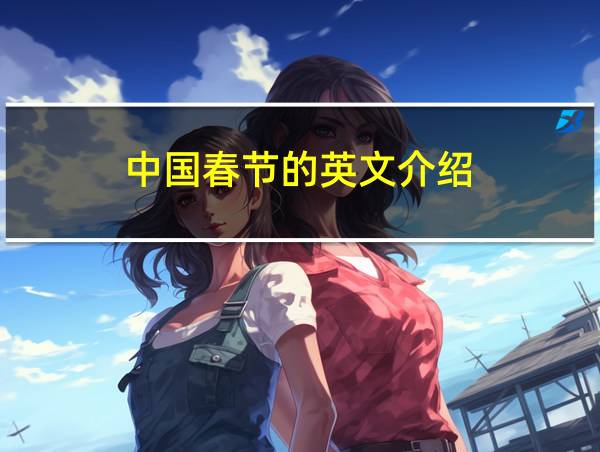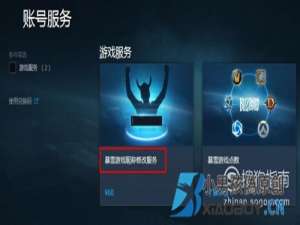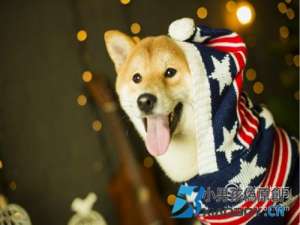中国春节的英文介绍

用英语介绍一下中国的春节
The Origin of Chinese New Year
The Chinese New Year is now popularly known as the Spring Festival, which is the most important festival in China. It marks the beginning of the lunar calendar year. The origins of the Chinese New Year can be traced back thousands of years to ancient Chinese history. Legend has it that in ancient times, there was a monster named Nian who would come out on New Year’s Eve to terrorize villagers, devouring everything in its path. People were afraid and sought ways to protect themselves.
To defend against the monster Nian, people began to decorate their homes with red decorations and set off loud fireworks to scare it away. They also discovered that Nian was afraid of the color red and loud noises. So, every year during the Spring Festival, people continue this tradition of decorating with red lanterns, couplets, and performing dragon and lion dances to drive away evil spirits and ensure good luck for the coming year.
The Chinese New Year is a time for family reunions, feasting, and giving gifts. It is a time when people travel long distances to be with their loved ones and celebrate together. During this festive period, temples and streets are adorned with colorful decorations, and there are lively parades and performances.
In addition to the traditional customs, modern celebrations now include watching the CCTV Spring Festival Gala, a variety show that attracts hundreds of millions of viewers every year. It is a time when people send and receive red envelopes with money, called \"hongbao,\" as a symbol of good luck. The festival also showcases traditional Chinese cuisine with special dishes such as dumplings and glutinous rice cakes.
All in all, the Chinese New Year is a time of joy, celebration, and renewal. It is a time to cherish family, honor ancestors, and embrace new beginnings. The traditions and customs associated with the Spring Festival reflect the rich cultural heritage of China and are cherished by millions of people around the world.
中国春节介绍
中国春节是中国最重要的节日,它以新年庆祝活动为主,持续了约半个月的时间。每年春节都是汇聚家人团聚、共享美食的时刻。在中国农历历法中,春节始于正月初一。
春节庆祝活动包括丰富多样的习俗和传统,其中最具代表性的是放鞭炮和舞龙舞狮。人们相信,鞭炮的声音和舞龙舞狮能驱逐邪恶的灵魂和带来好运。此外,人们还会贴年画、挂红灯笼、贴春联等红色装饰品,以表示喜庆和祈福。
而在现代社会,人们还增加了一些新的庆祝活动和传统。例如,收看央视春晚成为了人们的习惯,观众人数每年都以亿计。此外,赠送红包(又称“压岁钱”)作为祝福和表达心意的方式也越来越流行。
春节期间,中国各地举办着盛大的游园会和花市活动。人们可以欣赏到各种各样的文艺表演,品尝到传统的美食,体验到浓郁的节日氛围。
总的来说,中国春节是一个欢乐、庆祝和新生的时刻。它象征着新的开始和希望。人们用热闹的庆祝活动、传统的习俗和美食来迎接新的一年,以此纪念和传承中国悠久的文化。
写春节的英语作文
The Spring Festival - A Celebration of Tradition and Renewal
The Spring Festival, also known as the Chinese New Year, is the most significant holiday in China. It is a time when families come together to celebrate and honor their cultural heritage. The festival starts on the first day of the lunar calendar and lasts for about two weeks.
During the Spring Festival, people participate in various customs and traditions that have been passed down for generations. One of the most well-known customs is the setting off of fireworks and firecrackers to scare away evil spirits and bring good luck. The sound of the explosions is believed to drive away bad luck and ensure a prosperous year ahead.
Another important tradition is the reunion dinner on New Year\'s Eve. Family members from different parts of the country gather together to enjoy a feast of traditional dishes. This is a time for family bonding and reconnecting with loved ones.
During the Spring Festival, people also exchange gifts and red envelopes filled with money. The red color symbolizes good fortune and prosperity. It is a gesture of goodwill and a way to express blessings for the new year.
Furthermore, the festival is a time for temple fairs, where people can enjoy traditional performances, shop for handicrafts, and indulge in delicious street food. Throughout the festivities, there is an atmosphere of joy, excitement, and anticipation, as people welcome the new year with hope and optimism.
The Spring Festival not only celebrates the coming of a new year but also pays tribute to the rich history and culture of China. It is a time to honor ancestors, carry on traditions, and pass them down to future generations. The festival serves as a reminder of the importance of family, unity, and the value of embracing one\'s cultural identity.
中国春节的英语介绍
Chinese Spring Festival - Embrace the Tradition, Welcome New Beginnings
China\'s Spring Festival, also known as the Chinese New Year, holds immense significance in the hearts of the Chinese people. It is a time of joy, celebration, and renewal. The festival starts on the first day of the lunar calendar and lasts for approximately two weeks.
Dating back thousands of years, the Chinese Spring Festival carries a rich history and cultural heritage. One of its most fascinating traditions is the fending off of the mythical beast, Nian. Legend has it that people discovered Nian\'s fear of the color red and loud noises. Hence, the festival is adorned with vibrant red decorations, such as lanterns and couplets, and the air is filled with the boom of firecrackers, driving away any remnants of evil spirits.
The festival is a time for family reunions, as millions of people travel across the country to be with their loved ones. It is a cherished time to express gratitude, exchange gifts, and indulge in festive feasts. Traditional dishes, like dumplings and glutinous rice cakes, are prepared with love and enjoyed together, symbolizing unity and prosperity for the coming year.
Modern celebrations have added new dimensions to this ancient festival. Families gather around the television to watch the renowned CCTV Spring Festival Gala, a showcase of dazzling performances and artistic skills. Red envelopes, known as \"hongbao,\" are given to children and unmarried individuals as a token of good luck and blessings for the year to come.
Furthermore, the Spring Festival transcends national borders and has become a global celebration, attracting people from all cultures who are captivated by China\'s rich heritage. From lion and dragon dances to cultural exhibitions, the festival\'s vibrant festivities reflect the unyielding spirit and resilience of the Chinese people.
In conclusion, the Chinese Spring Festival is a testament to the power of tradition, the importance of family, and the spirit of embracing new beginnings. It is a time when the past converges with the present, and hopes and dreams for the future are ignited. Let us rejoice in the beauty of this festival, as it connects us to our roots and inspires us to embrace our cultural identity.













